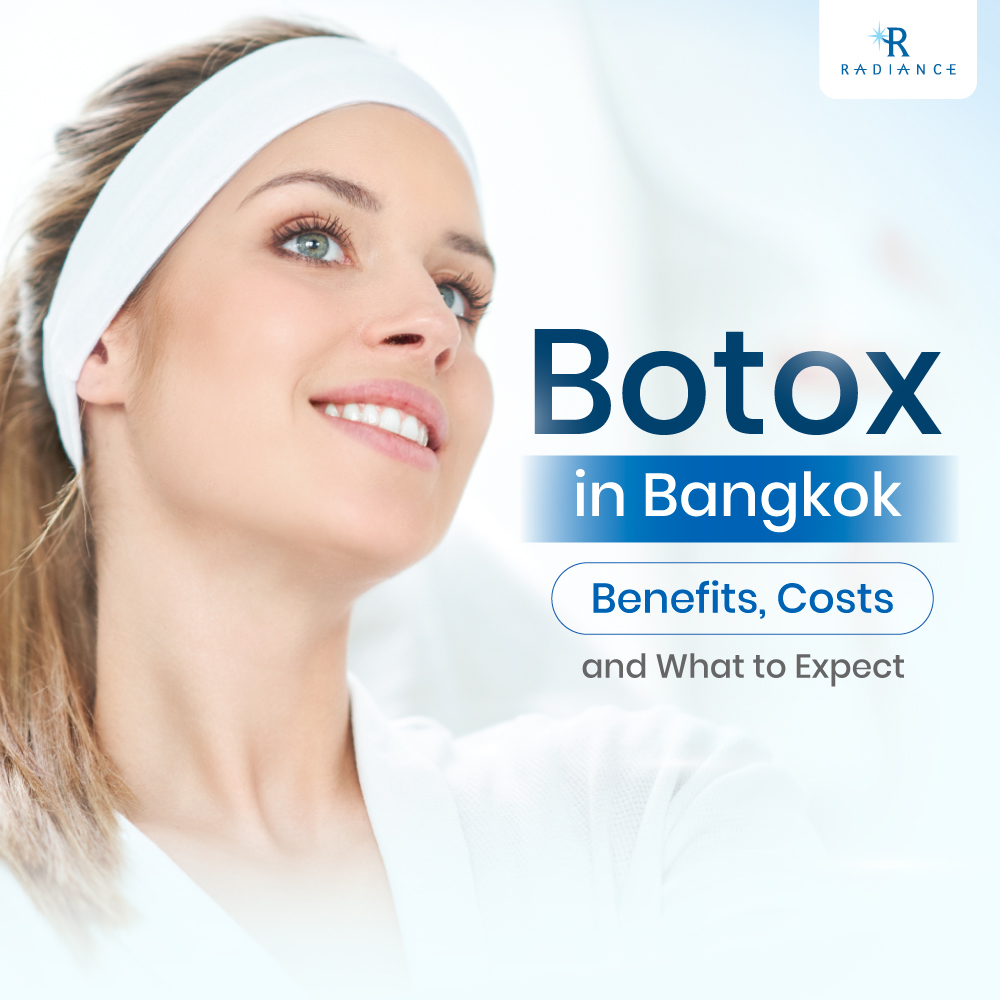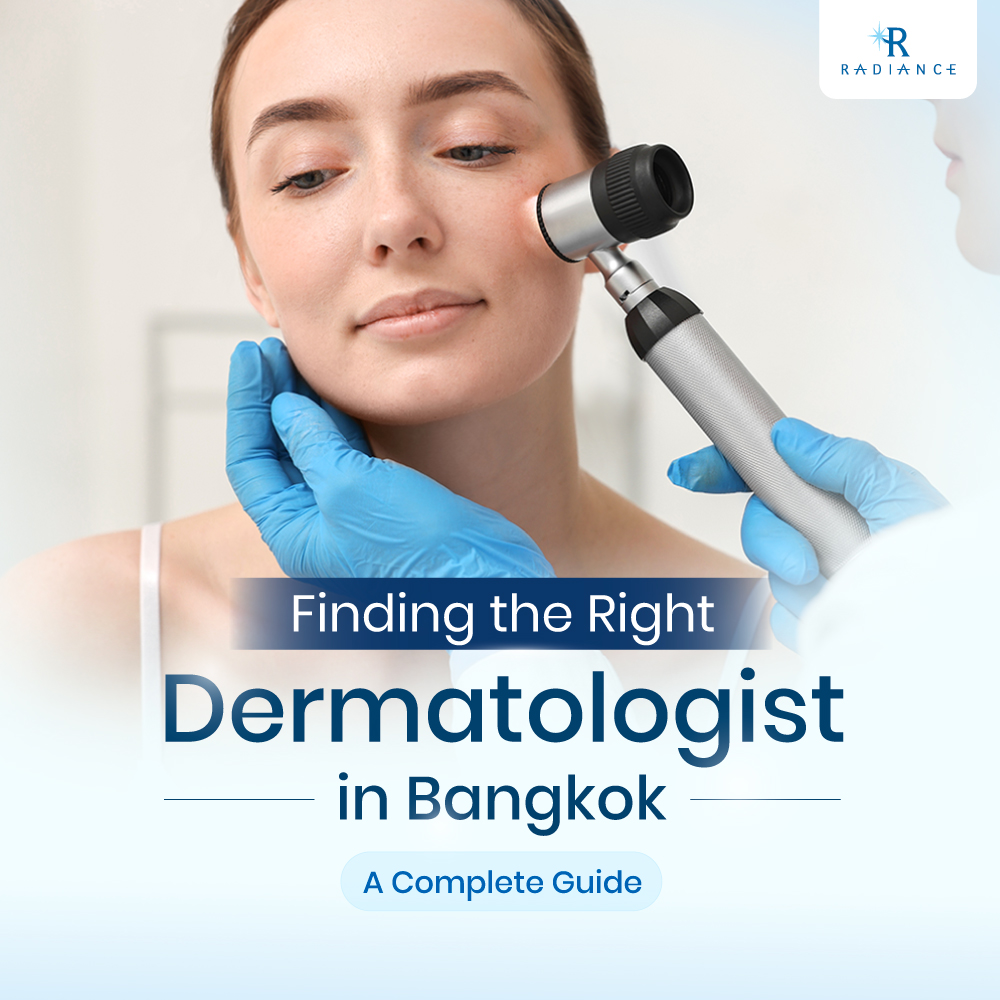Focusing on pigmentation, fine lines, and scars, Picosecond Laser operates at the forefront of precision and efficiency. We can in fact say that it is a groundbreaking technology in skin care. Let us together navigate through the fascinating world of picoseconds and discover how this revolutionary technology is reshaping the future of skincare.
What is Picosecond laser ?
A picosecond, denoted as ps, is a unit of time equivalent to one trillionth of a second. The utilization of such short pulses distinguishes Picosecond Lasers from other laser technologies. While its predecessors functioned in longer nanosecond durations, Picosecond uses ultra-short pulses of light measured in picoseconds (10^-12 seconds) and that is where the name comes from.
The significance of this lies in the heightened precision and targeted energy delivery that Picosecond Laser achieves. This characteristic is particularly advantageous in treating a myriad of skin concerns, including pigmentation irregularities, acne scars, and fine lines. The rapid pulses minimize heat dispersion, reducing the risk of collateral damage to surrounding tissues. This not only enhances the safety profile of the treatment but also accelerates the healing process, leading to minimal downtime for patients.
Recent studies from St John’s Institute of Dermatology, Guy’s and St Thomas’ NHS Foundation Trust have highlighted the remarkable efficacy of Picosecond Laser in pigmentary disorders, emphasizing its potential to outperform traditional laser modalities in terms of both speed and results. The versatility of Picosecond Laser also extends to its ability to stimulate collagen production, contributing to overall skin rejuvenation. By addressing concerns at a cellular level, this technology offers a holistic approach to skincare, promoting long-lasting and transformative results.
Benefit of Picosecond Laser
The ultra-short pulses emitted by the Picosecond Laser hold a distinct advantage in breaking down pigmentation such as freckles. Unlike traditional lasers, the rapid pulses target pigment particles swiftly, leading to a more effective dispersion without excessive heat generation resulting in an improvement on skin texture and tone.
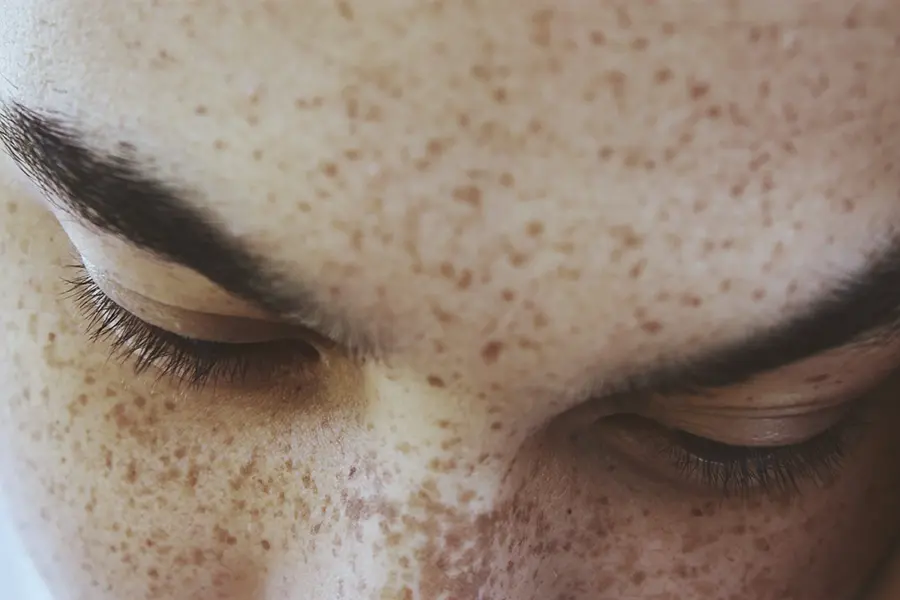
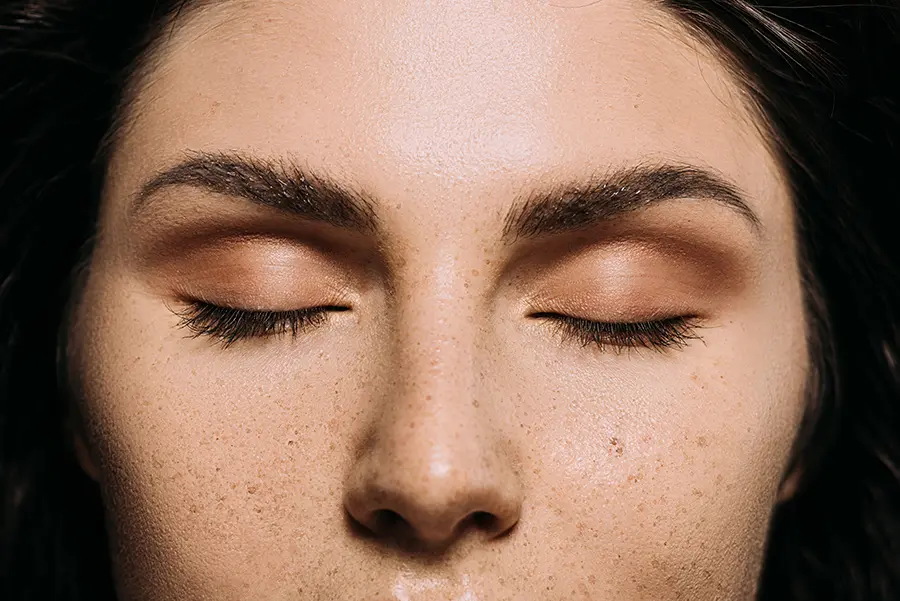
One standout advantage of Picosecond laser is the accelerated healing process. It helps patients resume their daily activities promptly. This quick turnaround is especially appealing to those with busy lifestyles who seek effective results without sacrificing time.
Another benefit is the minimal discomfort experienced during and after the procedure. The ultra-short pulses minimize heat dispersion, contributing to a gentler treatment experience. Even the tattoo removal can be quickly handled through picosecond laser.
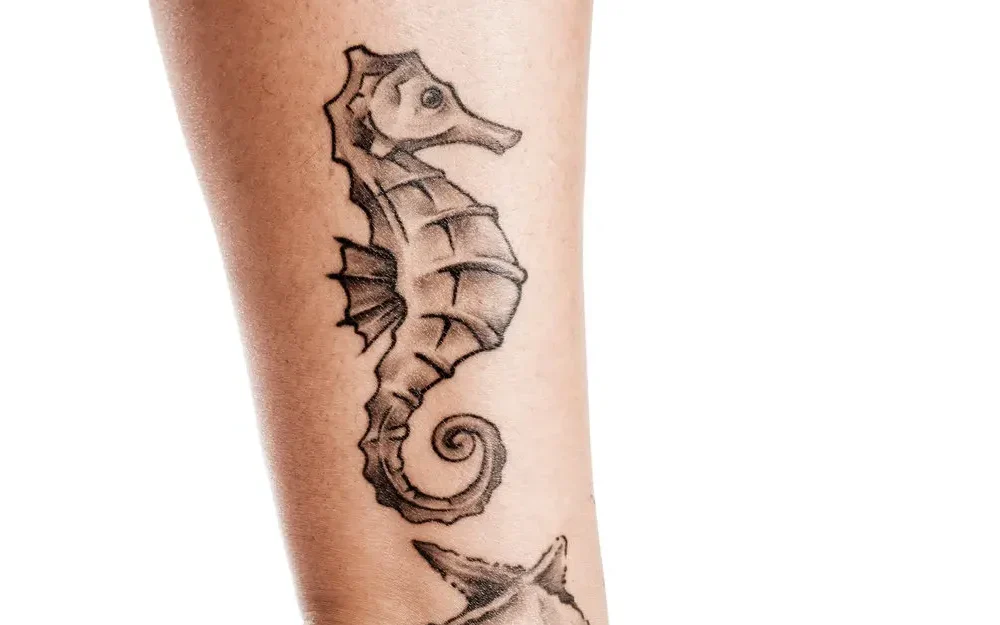
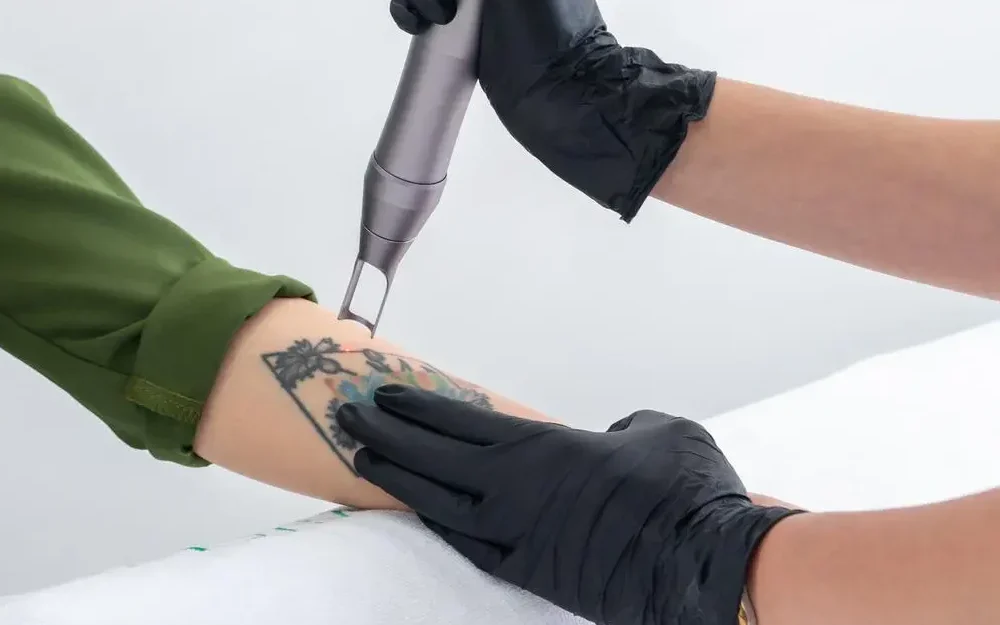
What is Picosecond treatment is for ?
Picosecond can be used in many treatments to meet the unique needs of each patient. Such as those with persistent pigmentation issues such as tattoo, melasma and hyperpigmentation. Or patients with stubborn acne scars, which Picosecond can help diminishing their appearance effectively. Recent clinical observations also support the efficacy of Picosecond Laser across diverse skin types and concerns, showcasing its adaptability and effectiveness in addressing a spectrum of skincare issues.
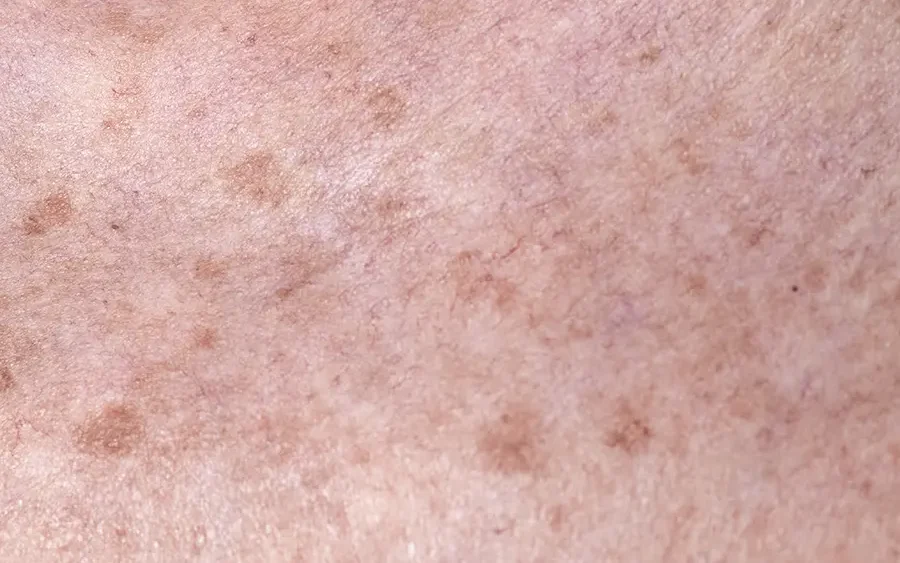
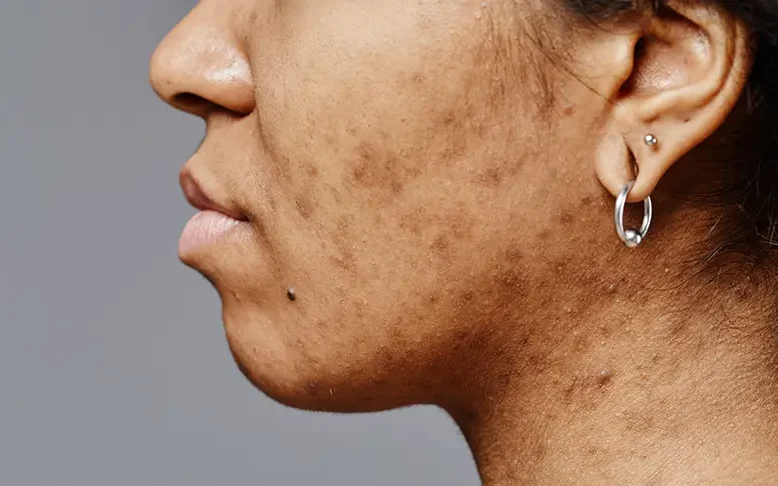
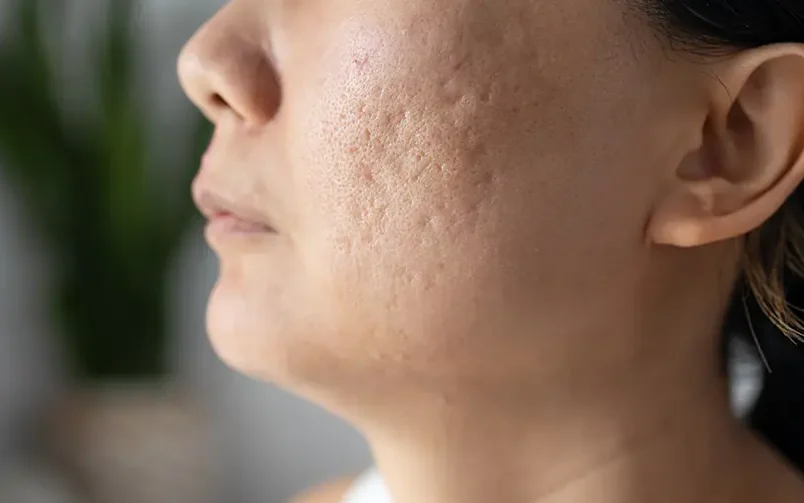
Advice on getting Picosecond Laser Treatment
Step 1: Begin the journey by seeking a comprehensive consultation with a skilled skincare professional. This allows them to assess your unique skin needs, understand specific concerns, and formulate a personalized treatment plan tailored to your requirements.
Step 2: Ensure that the skincare professional administering the Picosecond Laser treatment has received proper training in handling the technology. Recent clinical reviews highlight the pivotal role of trained professionals in achieving optimal results, emphasizing the importance of expertise and technique in the process.
Step 3: Prioritize safety during the procedure by wearing protective eyewear to shield your eyes from the laser light.
Step 4: Let the trained professional skillfully maneuver the Picosecond Laser over the targeted areas, emphasizing precision to maximize efficacy while minimizing the risk of adverse effects.
Step 5: After the treatment, optimize and prolong the results with post-treatment care. Incorporate sun protection into your routine to shield the treated skin from harmful UV rays that can compromise the healing process.
Step 6: Adopt a gentle skincare routine, avoiding harsh chemicals and abrasive treatments that may counteract the benefits of the Picosecond Laser.
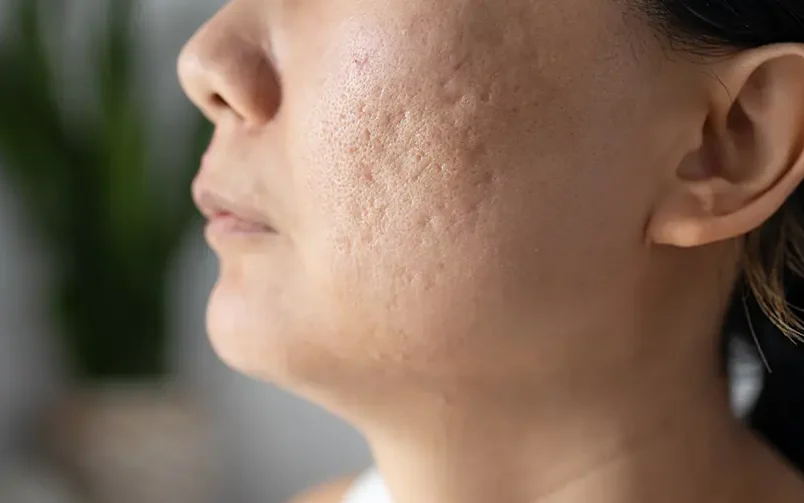
In conclusion, the utilization of ultra-short pulses distinguishes Picosecond from traditional laser technologies. It can be suitable for targeting pigmentation irregularities, acne scars, and fine lines. It helps improve skin texture and tone while stimulating collagen production for long-lasting rejuvenation. The time efficiency of Picosecond Laser treatments, coupled with significantly reduced downtime and minimal discomfort, makes it an attractive option for individuals with busy lifestyles while can also accommodate the diverse needs of individuals across different skin types and concerns.
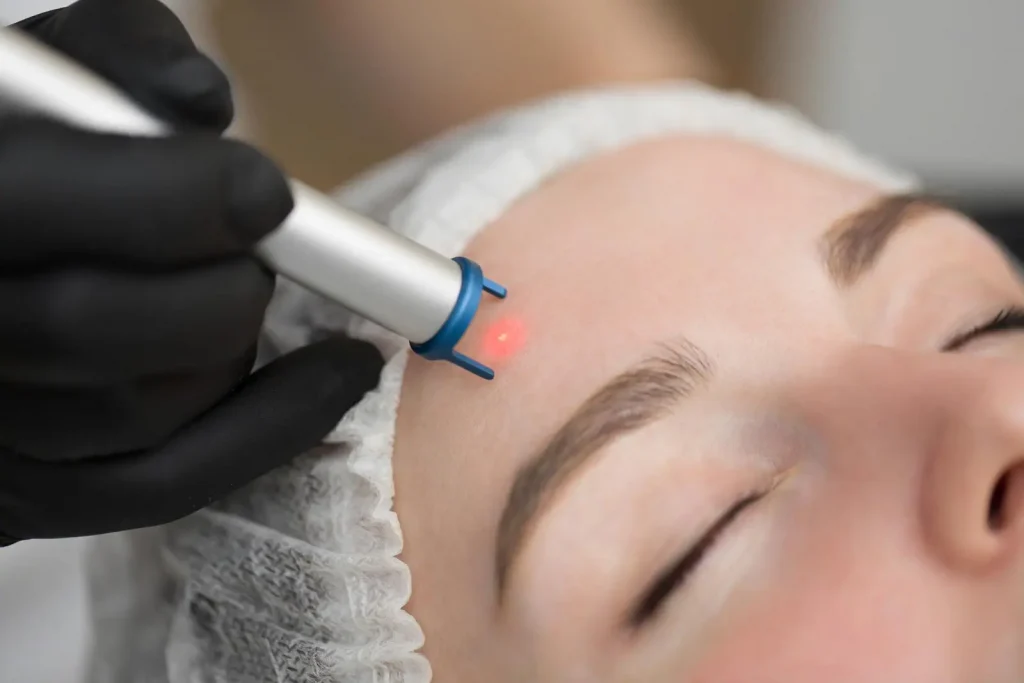
The technology’s adaptability, showcased in recent clinical observations, positions it as an inclusive and effective solution for a broad audience. However, to unlock the full potential of Picosecond Laser, a strategic and informed approach is necessary, starting with a comprehensive consultation with a skincare professional. Proper training and technique are emphasized for success, underlining the importance of skilled professionals in achieving optimal results. Post-treatment care, including sun protection and a gentle skincare routine, becomes integral in optimizing and prolonging the transformative effects of Picosecond Laser.
Previous > What are the recommended treatments for acne scars?
List of Online References
- Dr Faisal R Ali and Dr Firas Al-Niaimi. (2022). What is Picosecond Laser. Dermnet All About Skins. https://dermnetnz.org/topics/picosecond-laser
- Kenichiro Kasai. (2017). Picosecond Laser Treatment for Tattoos and Benign Cutaneous Pigmented Lesions. Laser Therapy. Journal for Laser Surgery, Phototherapy and Photo- bioactivation. National Library of Medicine https://www.ncbi.nlm.nih.gov/pmc/articles/PMC5801452/
- SKN PicoSecond Laser Skin Treatment. (2023). SKNSPA NEWYORK CITY. https://sknspanyc.com/product/face/laser-anti-aging-treatments/skn-picosecond-laser-skin-treatment-fitzpatrick-scale-skin-type-i-v/
- Morgan Petronelli. (2020). New picosecond laser treats pigmentary disorders in darker skin types. Dermatology Times. https://www.dermatologytimes.com/view/new-picosecond-laser-treats-pigmentary-disorders-in-darker-skin-types
![]() Building : Maneeya Center (
Building : Maneeya Center (![]() BTS Chitlom Exit 2) Bangkok, Thailand
BTS Chitlom Exit 2) Bangkok, Thailand
![]() Open 11 a.m. – 6 p.m. (close on Sunday)
Open 11 a.m. – 6 p.m. (close on Sunday)
![]() For more information please contact us at Line application/ Call center
For more information please contact us at Line application/ Call center ![]()
LINE: @radiance_clinic or click > https://lin.ee/RuMq4WJ
Call Center: 089-666-4972 or (+66)89-666-4972

